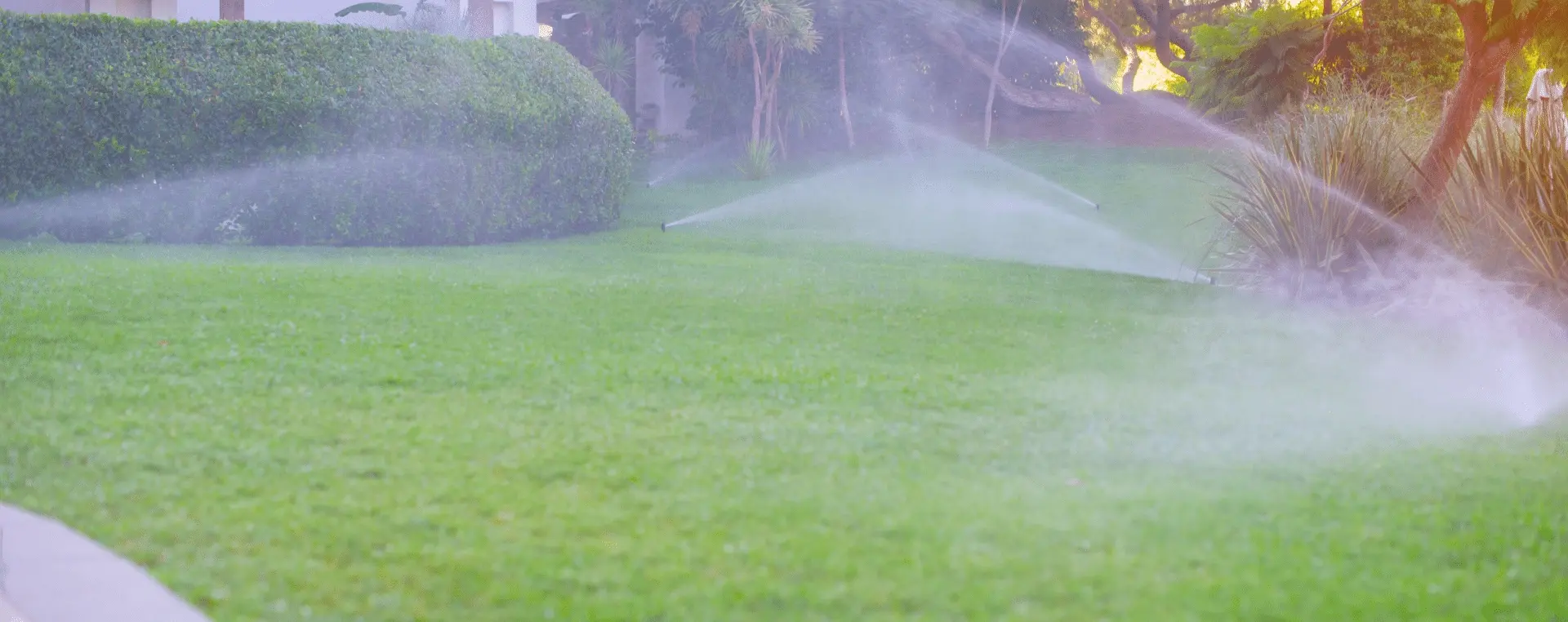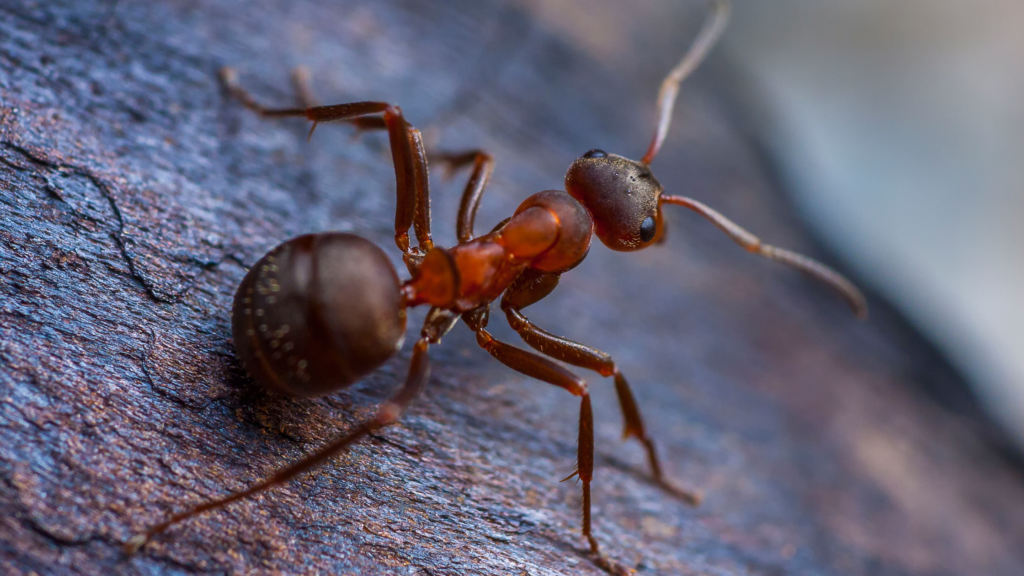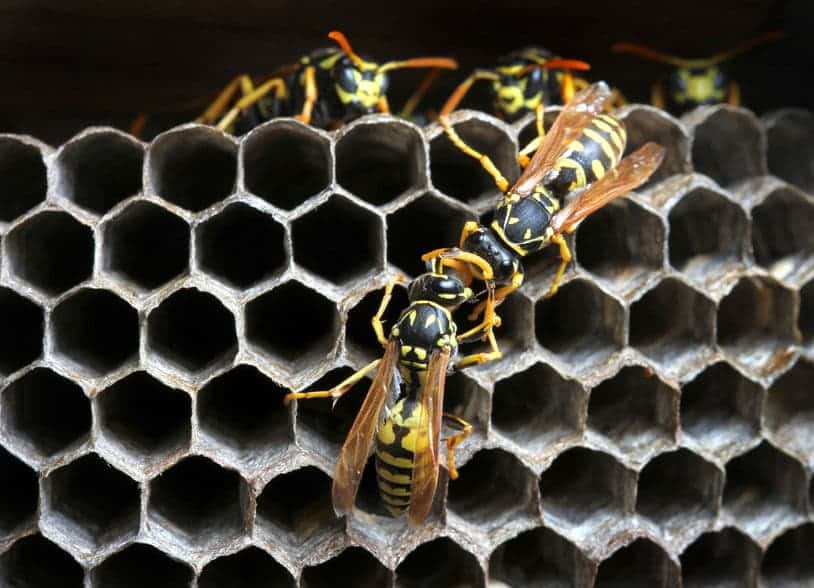
A lush, well-maintained lawn enhances your home’s curb appeal and provides a wonderful outdoor space for your family to enjoy. But having a yard in Florida is a full-time job when it comes to keeping it free from critters and pests. Here’s who and what to look out for.
COMMON FLORIDA LAWN PESTS
A lawn is naturally filled with all kinds of insects and other types of pests. Most are harmless and beneficial, but several types can cause problems, and even damage or kill your grass if left unchecked.
MOLE CRICKETS
These one to one-and-a-half inch long pests chew on grass roots and thrive in moist, warm weather. They work night and day creating areas that appear streaked or closely clipped. Mole crickets create small six- to eight-inch-deep tunnels and do the most damage by disrupting the grass root system with their tunneling. Their soil mounds have a hole in the middle and otherwise look as though soil was pushed up from below. Females lay eggs deep in the soil, about 35 per cluster, increasing the population on your property, with members of the mole cricket infestation being more active in warm and wet weather during humid conditions in Florida.
SOD WEBWORMS
If you’ve got brown patches of lawn with moths hovering over the patches, especially during the wet season, these are likely the moths of tropical sod webworms. These pests are a type of caterpillar. Adults lay small white eggs in clusters at the bottom of grass blades. The eggs turn brown before very tiny caterpillars hatch and go through several stages of growth, and then their larvae mostly feed at night, resting on the surface of the soil during the day. They can usually be found along the edges of damaged areas. By the time you notice moths in your lawn, a significant amount of damage has likely been done to your grass because moths are the adult stage of the sod webworm species. They’re most active in the southeast in early fall but can start earlier in the year if rainfall is heavy.
ARMYWORMS
Armyworms are caterpillars that cluster to feed on grass leaves in the daytime only; they rest under dead or dying sod during the night. Their bodies are brown and hairy with green, beige, or black stripes. In the summer, adult moths deposit eggs where the hatched larvae will begin feeding. In fact, a female moth can lay a thousand eggs in a mass on grass or shrubbery. Then, within two to ten days, caterpillars emerge and are ready to start feeding on your lawn all day long. Within two to three weeks of doing all this damage, they bury themselves in the soil to create another generation of destructive pests. Armyworms are most active in the warmer months and their activity usually forms irregular bare patches in the lawn that appear to have been poorly mowed.
CHINCH BUGS
This tiny bug is a commonly found pest in Florida. Chinch bugs can cause severe damage to the grass in your lawn. They can be confused with cockroaches but, upon closer inspection, they’re smaller than roaches with a longer “tail.” Adults have black bodies marked with a dark, triangular pad separating their folded wings. Immature bugs are reddish in color with a white “racing stripe” running across their backs. Adults are about one-eighth to one-fifth of an inch in size and fly from lawn to lawn. They create large yellowish circular patches that spread in lawns with heavy thatch.
LAWN GRUBS
Lawn grubs are often found in Florida lawns, feeding on the roots of grass while living where soil and thatch come together. These pests are typically the early larvae of June beetles, about half an inch to two inches in length in a C-shaped body. One single lawn can have literally hundreds of these pests in the soil and, if you pull up a patch of grass where they exist, the grass will come up easily and you would see these white critters. Signs of lawn grubs include a lawn with yellow discolorations and patches where grass thins out. You might also spot the adult June beetles, which are heavy-bodied, reddish-brownish insects with shiny wings. They are about half an inch to an inch in length. Yet another sign of lawn grubs: the presence of creatures that feed on June beetles, such as birds, frogs, and lizards.
TICKS
Several types of ticks can be found in Florida lawns, ones that feed off warm hosts, including wildlife, pets, and people. The most common kinds here include the American dog tick and the deer tick. What’s most alarming about ticks is their ability to spread dangerous diseases, including Lyme disease, Rocky Mountain spotted fever, anaplasmosis, and babesiosis, among others.
MOSQUITOES
Because mosquitoes only need a small amount of standing water to breed, check for places where rainwater collects. Keep your rain gutters clear and replace water in fountains and birdbaths regularly. Get rid of water that gathers in toys, vases, wheelbarrows, old kiddie pools, and more. Also, use professional mosquito yard treatments. Our mosquito yard treatments are carefully applied by our trained technicians and include the best fast-acting, long-lasting barrier sprays.
MOLES
Moles are mammals that live all around the world. They have small eyes, no visible ears, and a hairless, pointy snout. The North American mole can grow to about seven inches in length, weighing about four ounces. They dig intricate tunnel systems and live largely underground, which has given rise to the myth that they are blind (they aren’t). They love eating earthworms, which makes this an ideal environment for them—but their digging can do serious damage to your lawn, leaving tunnels and volcano-shaped mounds in your yard. Then, once it’s breeding season, the male moles go to work, making their tunnels even larger. Females then give birth to three or four babies at a time, expanding their presence. You can’t stop them from showing up, but we can use a bait mole extermination system to address them.
FIRE ANTS
The red imported fire ant (RIFA) is an invasive species with an extruded stinger that was originally from Brazil, and this type is especially aggressive. This ant species has a painful sting that can be especially problematic to people who are allergic to the sting or who get stung multiple times. About 2% of people who are stung will go into anaphylactic shock, which can be quite dangerous. Fire ants can sense vibrations in the area and gather to collectively attack someone, using pheromones to communicate. Plus, they have an exceptional ability to be able to survive floods. Afterward, they can be hungrier than ever before, more likely to attack with more venom than what’s typical. (Fire ants will eat just about anything they can find, plant or animal.)
TURNER PEST CONTROL’S LAWN SERVICES
We make it easy for you to enjoy your beautiful lawn while we take care of fertilization and pest protection, so contact us to make an appointment for a free, no-obligation estimate on our lawn and outdoor services.
Our initial appointment includes:
- Initial inspection: Our experts will assess the condition of your lawn and identify any problems. These can range from weed growth and fungi to pest infestations. We’ll share our findings with you.
- Customized estimate: We’ll present you with a plan that’s personalized for your specific needs with pricing based on the square footage of your property. That way, you’ll never pay too much for your lawn beautification and yard pest control services.
- Recurring treatments: Trained technicians will treat your Florida lawn every eight weeks. You’ll then use your irrigation system to water your lawn 48 hours after treatment applications.
Additional services when they’re needed: If you have any issues in between scheduled visits, let us know. We’ll return for retreatments to keep issues under control.



